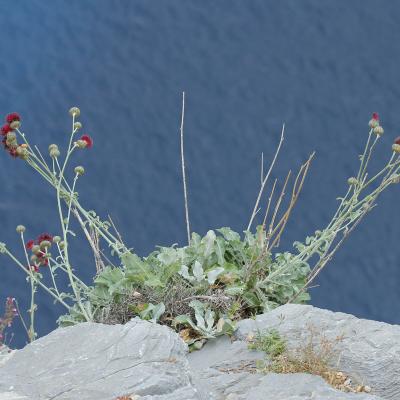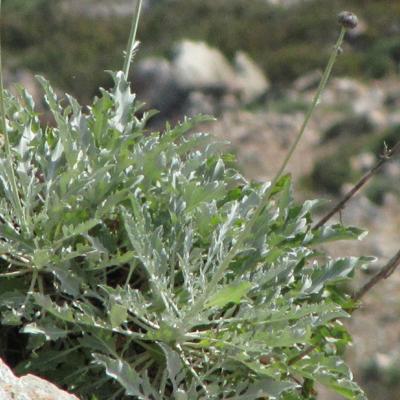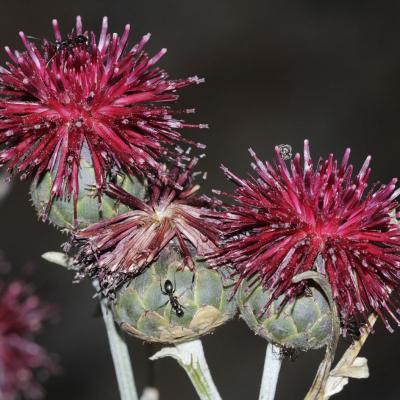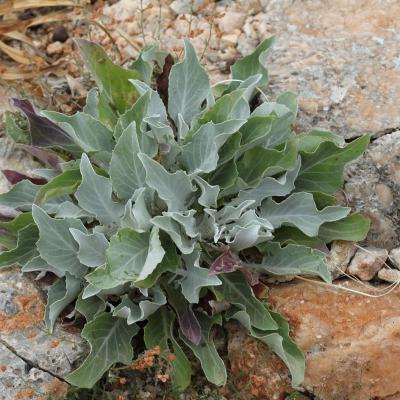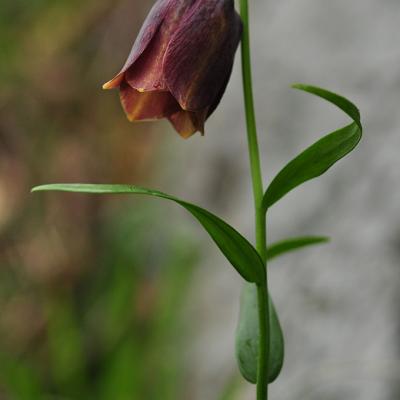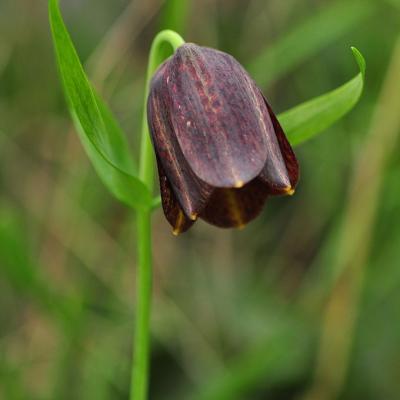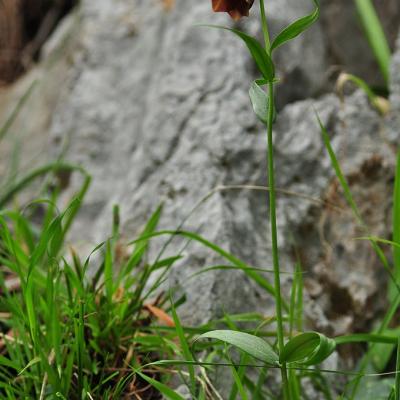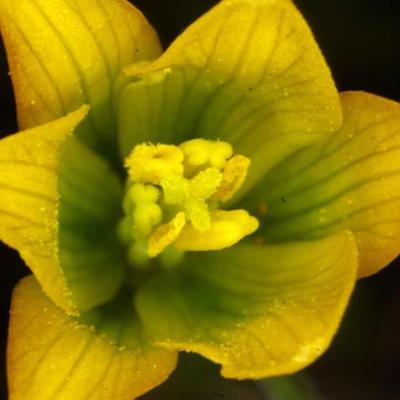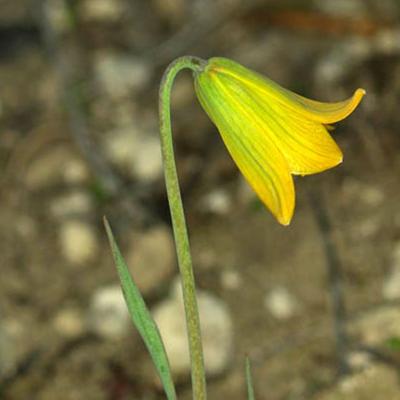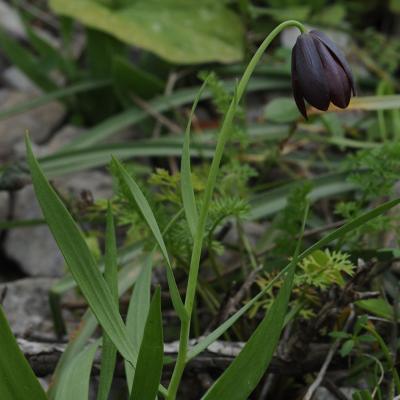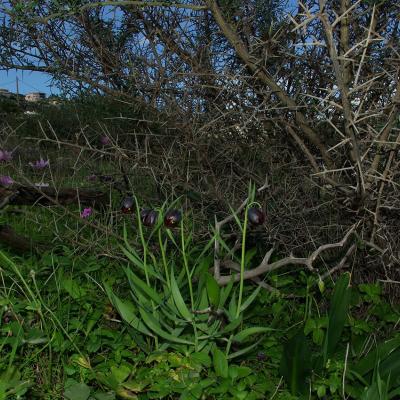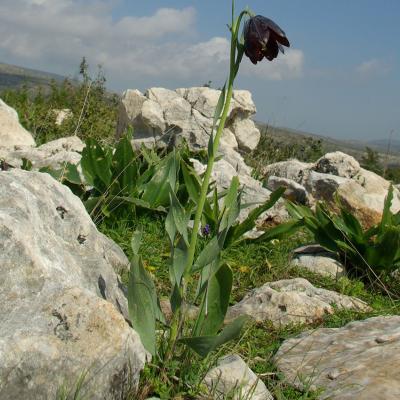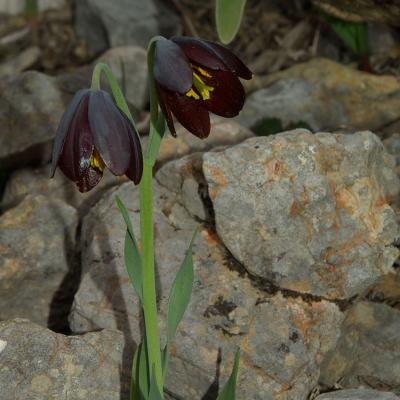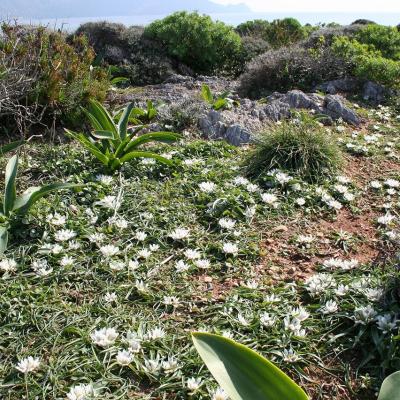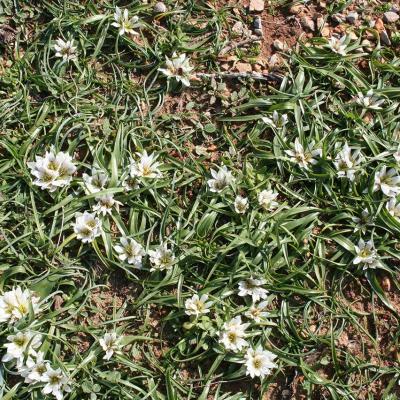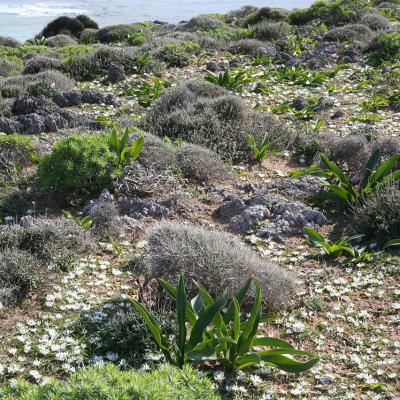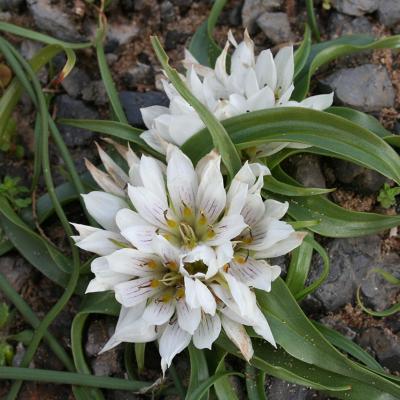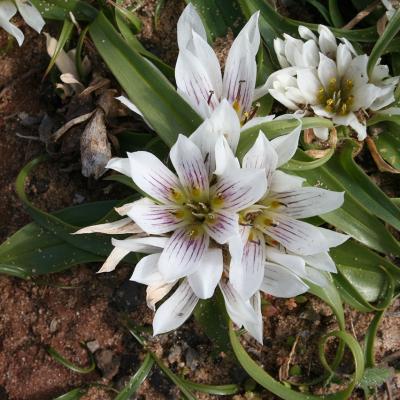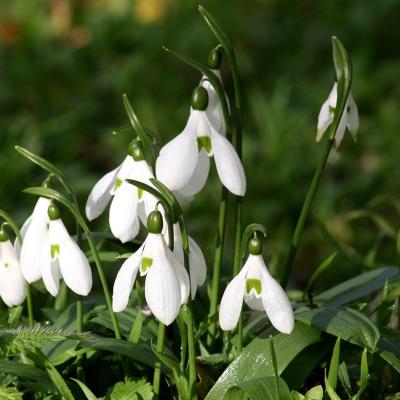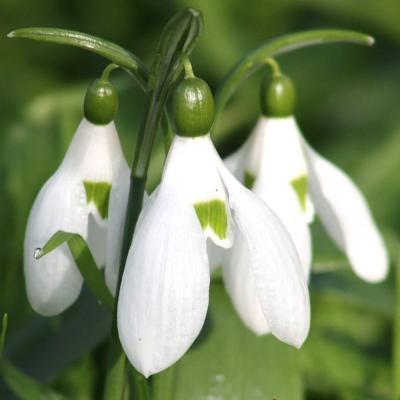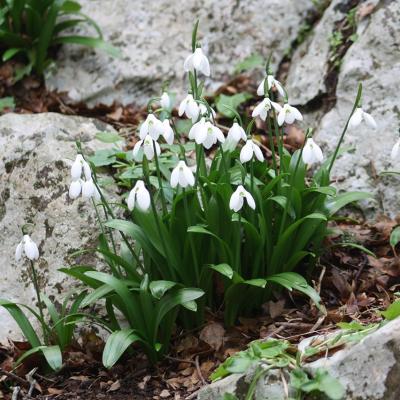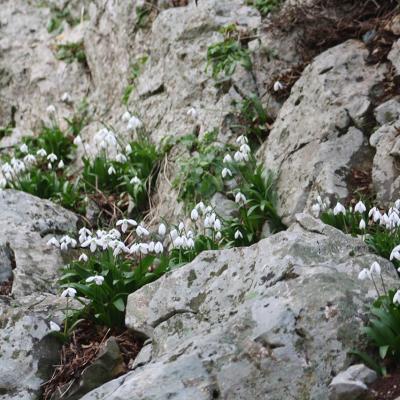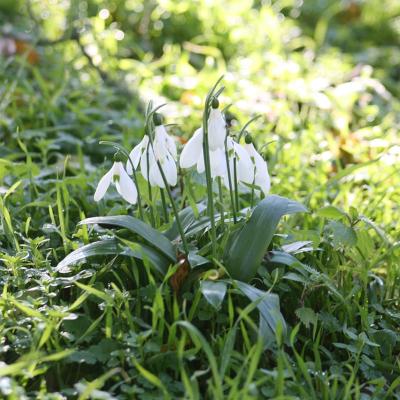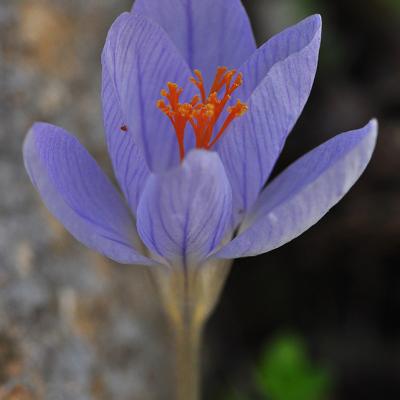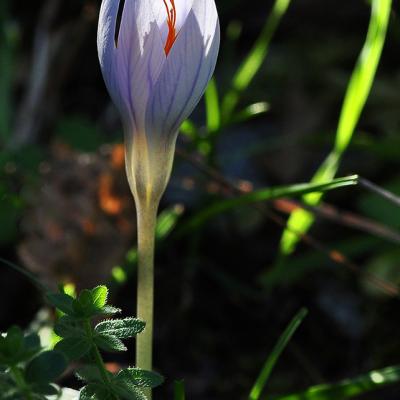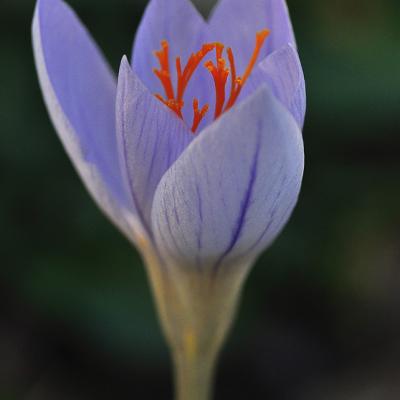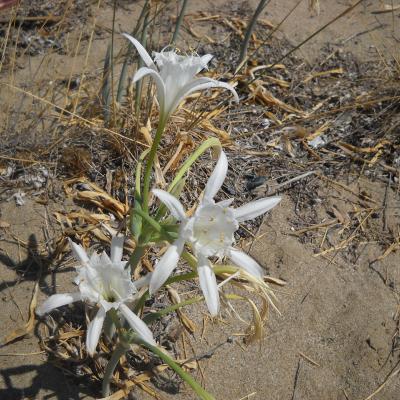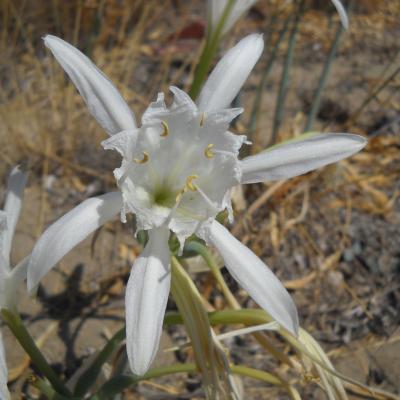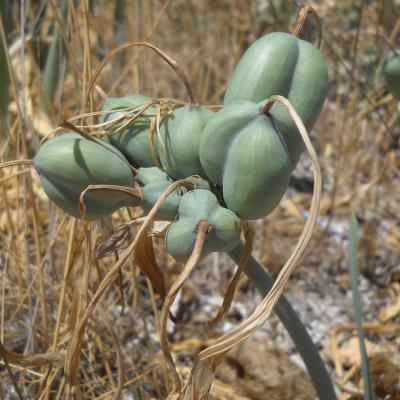Plant of the month
Allium gomphrenoides is an attractive bulb that flowers from April to early June. It is endemic to Greece and it grows exclusively in South Peloponnese, Kythira and Antikythira and some smaller islands in the region of Kythira. It is a relatively distinct species that reaches 25 cm in height and forms a dense inflorescence with pink to purple flowers. It occurs from sea level to 460 meters in rocky places and phrygana.
Centaurea atropurpurea is a rare, not endangered, endemic species of Kyklades; it has been found in the islands Amorgos, Iraklia, Keros, Mykonos and Naxos. It occurs on crevices of limestone rocks, at altitudes 80-700 m, usually in SE to SW areas. It flowers in May.
The endemic Fritillaria thessala subsp. reiseri occurs in the municipality of Aitoloakarnania. It grows in rocky places, among small shrubs or phrygana, on low altitudes, from sea level to 400 m. Flowering begins around the end of March until April.The subspecies is included in the Red Data Rook of Greece (1995) and is characterized as Vulnerable. Its two small subpopulations are in danger of shrinking due to overgrazing.
Fritillaria euboeica is an endemic species occurring on the island of Evia and possibly on Athos peninsula (the single older report has not been confirmed recently). It flowers from the end of February to the end of April (depending on the altitude). It grows on limestone and on schist at altititudes 100 – 1700 m in stony forest and scrub openings or under shrubs while one population has been found in an abandoned olive grove. It differs from the yellow flowered fritillaries of the East Aegean due to the smooth 3-fid style.
Fritillaria obliqua is a geophyte, endemic to Southern Greece. It is a threatened species (Red Data Book of Greece, IUCN) and it is protected by the Directive 92/43/EEC, the Bern Convention and Presidential Decree 67/1981. It has two subspecies. The typical subspecies occurs in Attiki and Evvoia and flowers in February and March. Subspecies tuntasia occurs in the Kyklades (Kythnos, Serifos, Gyaros) and flowers in March and April.
Androcymbium rechingeri grows in small coastal areas of Western Crete (islet Imeri Gramvousa, Falassarna and Elafonissi). It is a small bulbous plant, up to 7 cm high and rarely surpasses 10 cm, with leaves up to 15 cm long. It flowers from December to February. Each plant has more than 4 white flowers and usually has pinkish veins. The seeds mature inside the capsules and the overground plant parts dry up at the end of May or beginning of June.
Galanthus ikariae is a winter - flowering (January – February) geophyte with impressive white flowers. The species grows on shady and cool places, among calcareous rocks or near trees and shrubs, often at the understorey of Acer sempervirens and Quercus coccifera stands, at altitudes between 450 and 1000 m. It is a Greek endemic species, known from the islands of Ikaria, Andros, Naxos and Skyros. It is considered as Rare in the first edition of the Red Data Book of the Greek flora.
Crocus speciosus subsp. speciosus is an autumn flowering crocus, with a scattered distribution in Greece. The species globally occurs in Crimea, Caucasus, Turkey, Iran and the Balkan Peninsula. The westernmost part of the species distribution is Greece, where it forms three small subpopulations. According to the IUCN criteria, the species is ‘Vulnerable’. It is included in the Red Data Book of Rare and Threatened Plants of Greece (2009).
Pancratium maritimum L. is undoubtedly one of the most beautiful plants of the Greek flora, with its large, white, fragrant flowers. It grows on beaches and coastal sand dunes of the Mediterranean region and the Black Sea and it flowers from July to October. In recent years its Greek populations subside significantly, due to intense tourism and residential pressures on its habitat.
Pagination
- First page
- Previous page
- 1
- 2
- 3
- 4
- 5
- 6
- 7

